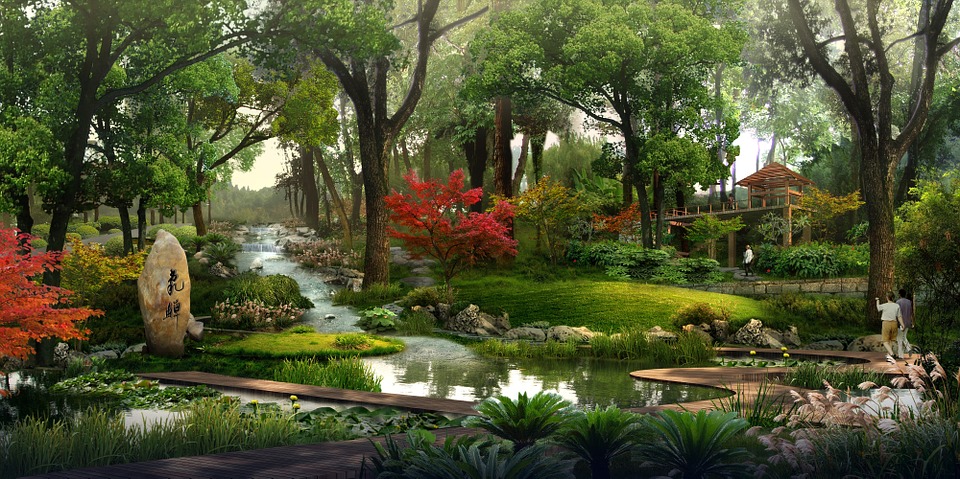CGI (Computer Generated Imagery)- A replacement for professional photography?
Photography is an ever-evolving animal. In its infancy, owning a camera and charging to take pictures was enough to qualify one as a professional photographer and as the decades have progressed, camera technology has progressed too, along with the skills to use them and get the best out of an image once captured. The advent of digital photography was a gamechanger. Gone was the associated cost of each and every shutter cycle and the darkroom development process where you didn’t know what you had until much later. Instead, the freedom to take as many pictures as you like and the possibilities of post-production image retouching meant that the boundaries between the amateur and professional photographer had to be redefined now that photography is cheaper and more accessible than ever. Having access to the best quality equipment, having unrivalled skill with post-production image manipulation, having the knowledge and experience to light a subject expertly and the resources to construct complex sets on demand are now what separated Ikon Photography from the leisure photographer. Our results speak for themselves.
Enter Computer generated imagery (CGI)
As computer technology progresses, it’s becoming possible to create images which are almost indistinguishable from an image captured by a camera. Given how good the human eye is at picking up a ‘fake’ image, this is quite a feat. Quite often, we instinctively know that an image looks ‘wrong’ without knowing precisely why and usually we’re able to reliably pick out a CGI image from a real one.
It’s possible to construct entire sets digitally in three dimensions and store them for later use, reposition, replicate and replace any aspect of the artificial space and capture an image from any angle within it. Unlimited by angles, space and the laws of physics, surely there’s no more need for photography right?

Perfect imperfections
In professional photography the details like an imperfect flower or a toy lying on the floor makes the image more relatable and easier for the consumer to put themselves in the picture.
These imperfect shots can also be used for more than just product photography but for social media as well.
As mentioned earlier, when it comes to imagery. the human eye is very good at spotting a fake and it turns out that nothing looks more fake than an image which is utterly perfect. To create a CGI image and make it look genuine, the imperfections necessary to make it look convincing have to be painstakingly added in.
While a light source or several light sources can be added to a 3D landscape, every mote of light requires processing. The angle of each reflection needs to be calculated, how every surface reacts to light has to be programmed, which is especially complex for soft or organic surfaces. In real life, light can bounce off one part of an object and illuminate another, lending aspects of colour, shadow and reflection. To make an image look real in CGI requires an awful lot of specialised work and even more processing power to successfully create all these complex interactions realistically.
It should be fairly clear that CGI, therefore, shares the same problems as the first cameras – they require lots of time, expertise and some very specialised tools to achieve the same results that an experienced commercial photographer could achieve in a fraction of the time. The lack of availability puts the price of CGI imagery at an additional premium too, so while CGI is almost capable of competing with commercial photography in terms of imagery generated, it cannot come near to competing as far as time and cost are concerned for the foreseeable future.


